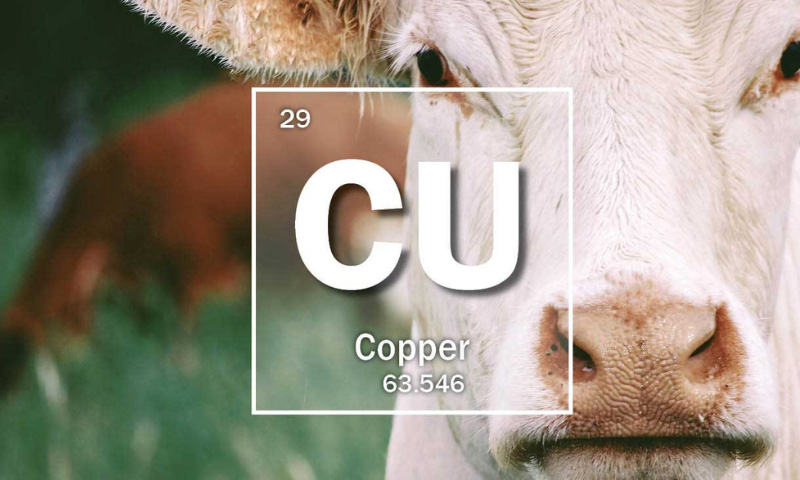Copper is a shiny, reddish-brown metal and was named from the Greek word kyprios. The only other non-silvery metal on the periodic table is gold, which has a yellowish colour. The addition of copper to gold is how rose gold is made (Helmenstine, 2021). Humans have been making things from copper for more than 10,000 years, a tiny awl (a multi-purpose pointed tool) dating back as far as 5100 B.C. consisted of copper (Pappas, 2021) and an axe that had a head consisting of nearly pure copper was found with an Iceman that was dated 3300 B.C (Helmenstine, 2021).
Copper is 100% recyclable and is used extensively in modern society being used in electric cables/wires, switches, plumbing, heating, roofing, TVs, radios, building construction, cooking utensils, chemical and pharmaceutical machinery (Ewing, 2007) and due to copper’s naturally antibacterial properties it is used in brass doorknobs, and handrails in public buildings (Helmenstine, 2021) and can even be woven into fabrics to make anti-microbial garments, like socks that fight foot fungus (Pappas, 2021).
Copper is Essential for Animals
Copper is an essential trace mineral (required in small amounts), with the animal body containing approximately 2-3 mg/kg of copper. Evidence was obtained in 1924 that copper is a dietary essential, when experiments with rats showed that copper was necessary for haemoglobin formation (McDonald, 2011). Along with blood formation, the element is also known to play a vital role in many enzyme systems and metabolic processes. Some of the important functions of copper include: the development and maintenance of the vascular and skeletal systems; oxygen metabolism; aiding in the absorption of iron; being needed for structure and function of the central nervous system; and being a key component in the pigmentation of feathers, hair, fur and wool, a component of copper containing proteins, it plays an important role in the production of the “crimp” in wool and is a key component of keratinisation of hair, wool and feathers (Ewing, 2007).
Copper is thought to be present in all cells within the animal body, with the liver acting as the main storage organ and concentration strongly related to dietary concentration. Liver stores can be used in times of dietary inadequacy.
What Does Copper Deficiency Look Like in Animals?
Due to the varied functions of copper within the animal body there are an assortment of deficiency symptoms which include:
- Poor growth and abnormal skeletal development
- Abnormal appetite
- Anaemia
- Scouring
- Bone disorders, lameness, swelling of joints, broken bones
- Cardiovascular disorders
- Infertility
- Retained placenta
- Impaired immune response
- Decreased milk production
- Depigmentation of hair and wool
- Keratinisation failure in hair, fur, or wool
- Reduced protein synthesis
- Gastrointestinal disturbances
- Loss of integrity of elastic and connective tissue in severe deficiency
- Lesions on the brain stem and spinal cord – associated with muscular incoordination, especially in young lambs
The Importance of Copper for Soil and Plants
Copper is an essential micronutrient for plants and similarly for animals as it plays a range of different roles including: activating some enzymes in plants which are involved in lignin synthesis and it is essential in several enzyme systems; being required in the process of photosynthesis; being essential in plant respiration; assisting in plant metabolism of carbohydrates and proteins; and intensifying the flavour and colour in vegetables and colour in flowers (Bloodnick, 2021).
A variety of factors can affect the availability of copper to the plant such as: the organic matter content and the presence of aluminium, iron and molybdenum or excess phosphorus, zinc and potassium; copper availability is lower in alkaline soils than acidic soils; and anything that reduces root growth will also prevent the uptake of copper due to the mineral not moving through the soil easily.
What Does Copper Deficiency Look Like in Plants?
Copper deficiency is most likely to occur in peat soils, soils rich in organic matter, in highly leached acid sands and in highly calcareous alkaline soils (Glendinning, 1990). As copper is relatively immobile in plants, deficiency symptoms first develop on the growing points and leaves.
General copper deficiency symptoms in plants or crops may include:
- Plants appear “bleached”
- Twisted young leaves
- Dropping of mature leaves
- Young leaves may become bluish-green
- Wilting
- Chlorosis between the veins of young leaves
- Delayed flowering
- Compact appearance of the entire plant
According to Glendinning (1990) specific symptoms of copper deficiency in plants include:
- Citrus – die back of new twigs, and mottled leaves
- Maize – yellowing between leaf veins
- Sugar Cane – “droopy top”
- Cereals – leaf distortion and “tip turn”
- Vegetables – dieback of leaves
How AgSolutions Can Help
An adequate supply of copper is essential for both plants and animals. As copper is a trace mineral only small amounts are required, however, deficiency can have a significant impact on production for both plants and animals.
A good place to start to determine the copper status of your land is by getting a soil test done. AgSolutions can assist your operation by taking a soil test and working with you to develop a soil management program. The NatraMin range is formulated to restore bio-activated broad spectrum minerals to your soil including copper, and is designed to help improve the three aspects of soil fertility – nutritional, biological and structural.
MegaMin Livestock Supplements have several blends suitable to assist in providing stock with extra dietary copper along with other essential macro and trace minerals, which in turn can help to promote production and assist with getting a return on investment.
MegaMin Equine Enhancer has been fortified with organic zinc, biotin, methionine and also contains a prebiotic to accompany the provision of broad spectrum minerals including a balanced copper to zinc ratio and vitamins designed to promote overall health, while also actively supporting hoof quality coat condition and gut function.
For further information on AgSolutions products contact Head Office on 1800 81 57 57.
